Post independence, the Nehruvian approach to socialism rested upon three pillars: secularism and democracy in the political domain; state intervention in the economy; and a policy of non-alignment mitigated by some Soviet leanings after the 1960s in the field of diplomacy. These features defined the Indian way and even the country's political identity. From this starting point this book explores the manner in which some of these dimensions have been transformed in the course of time, more especially since the 1980s-1990s. The world's largest democracy has sustained itself by making more room, not only for the vernacular politicians of the linguistic states, but also for Dalits and OBCs, at least after Mandal. But the simultaneous-and related-rise of Hindu nationalism has put the minorities-and secularism-on the defensive. And in many ways the rule of law is on trial. The liberalization of the economy has resulted in growth but not necessarily in development: while the new middle class is changing the face of urban India, the countryside lags behind and inequalities become more acute. India has reached a new status in the world, that of an emerging power looking for more partners in Asia and in the West where the US is the first choice of the Indian middle class. The Nehruvian pattern is giving way to a less cohesive but a more active India, a country which has already become what it is against all odds. Against this background, this book explores the role of religion, caste and politics in weaving the fabric of modern democratic India.
Religion, Caste & Politics in India
In stock
Free & Quick Delivery Worldwide
reviews
Bibliographic information
Title
Religion, Caste & Politics in India
Author
Edition
1st ed.
Publisher
Primus Books, 2010
ISBN
9789380607047
Length
xxxii+802p., Bibliography; Index; 25cm.
Subjects

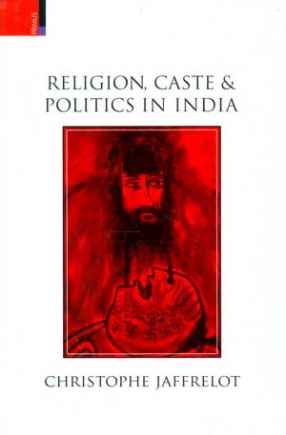
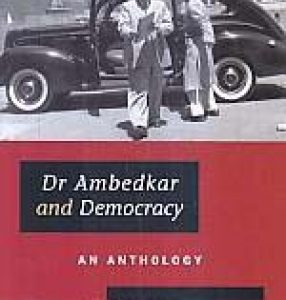
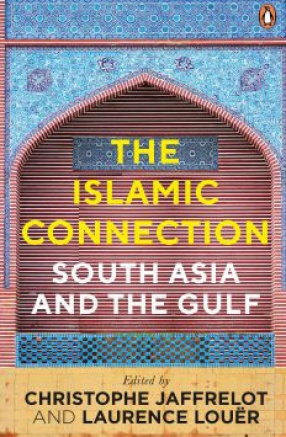
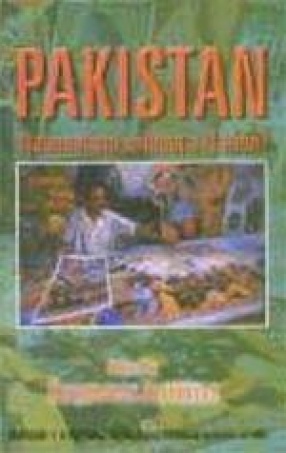

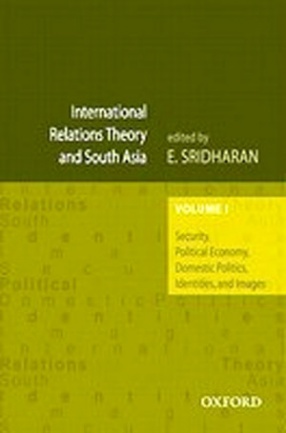

There are no reviews yet.